
To celebrate World Book Day 2025, the International Union of Architects (UIA) presents a list of architecture books published between 2024 and 2025. This global list features publications from all continents, covering a wide range of topics including theory, practice, heritage, sustainability, innovation, and cultural context. Through this collection, we highlight the richness of contemporary architectural thought and encourage knowledge exchange among professionals, students, and architecture enthusiasts around the world.
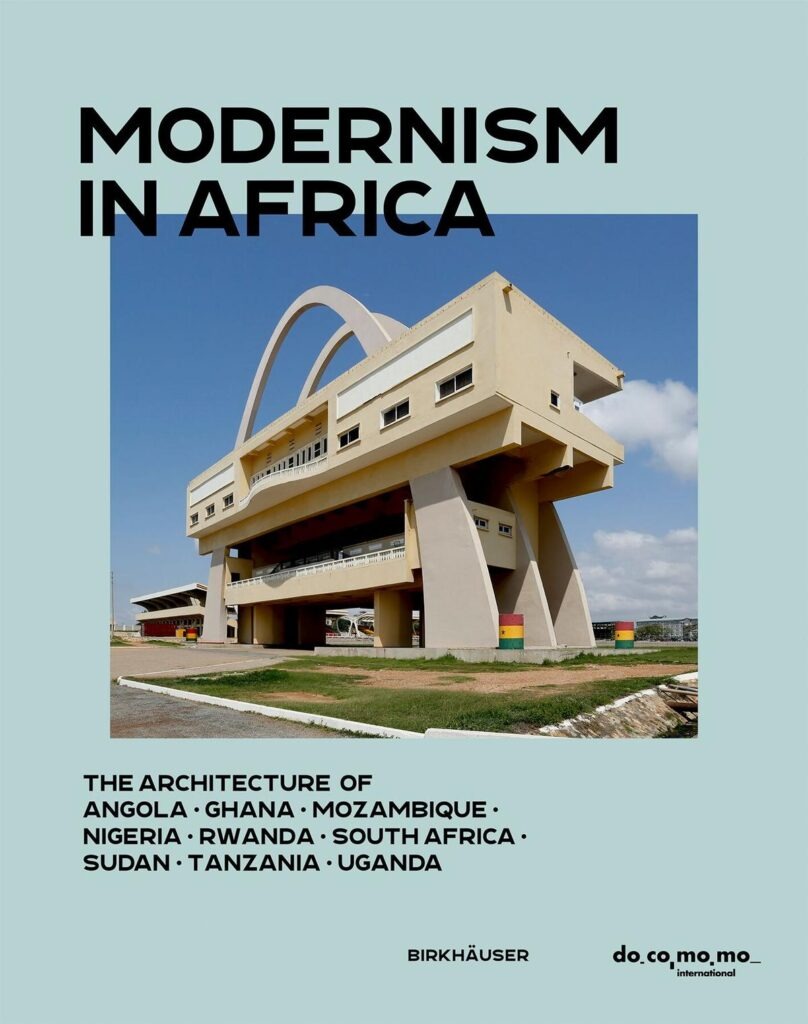
Modernism in Africa: The Architecture of Angola, Ghana, Mozambique, Nigeria, Rwanda, South Africa, Sudan, Tanzania, Uganda
By Uta Pottgiesser, Ana Tostoes and Ola Uduku
Birkhäuser
This book offers an in-depth look at modernist architectural trends across several African countries, showcasing more than 60 buildings through newly created drawings and photographs. The continent presents diverse interpretations of styles like Art Deco, International Style, and Brutalism, alongside unique expressions of indigenous African architecture. Many of these structures are notable for their climate-responsive design and the fluid connection between interior and exterior spaces.

Architecture, Empire, and Trade: The United Africa Company
By Iain Jackson, Ewan Harrison, Michele Tenzon, Rixt Woudstra, Claire Tunstall
Bloomsbury Visual Arts
This book reveals a little-known chapter of West African architectural history during the colonial era, drawing from rare access to the archives of the United Africa Company (UAC). Active from the 1890s through the 1960s, the UAC—initially associated with the Royal Niger Company—held a powerful commercial presence in the region and was instrumental in shaping the urban landscape through the planning and construction of infrastructure, buildings, and property developments across West Africa.
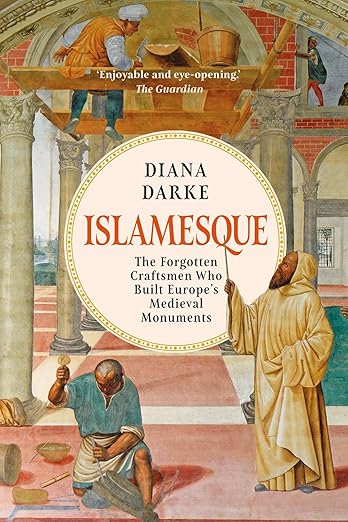
Islamesque: The Forgotten Craftsmen Who Built Europe’s Medieval Monuments
By Diana Darke
Hurst
In this pioneering work, Diana Darke challenges conventional views on the origins of Europe’s Romanesque architecture, which have typically emphasized the roles of clergy and patrons while ignoring the masterful artisans who brought these structures to life. Through an analysis of landmark buildings such as Mont Saint-Michel, the Leaning Tower of Pisa, Durham Cathedral, and the Basilica of Santiago de Compostela, the book highlights how the real creators—stone masons, sculptors, and carpenters—have largely gone unrecognized in historical narratives.

Cazú Zegers: Architecture in Poetic Territories
By Philip Jodidio Rizzoli
This book presents the first comprehensive study of Chilean architect Cazú Zegers, a trailblazer of the “geopoetic” design philosophy—an artistic, eco-conscious approach deeply inspired by the natural environments she works within. Renowned for her use of wood and her ability to blend traditional Chilean building techniques with modern design, Zegers produces architecture that is both environmentally sustainable and emotionally resonant.
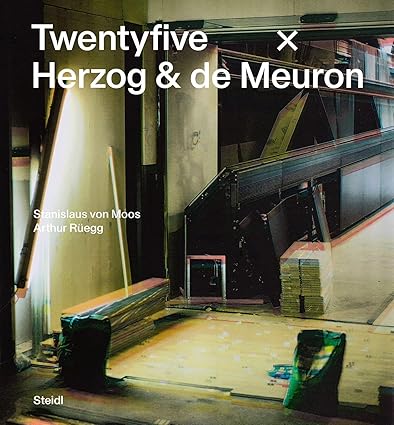
Twentyfive x Herzog & de Meuron
By Stanislaus von Moos, Arthur Rüegg Steidl
Twentyfive x Herzog & de Meuron offers a carefully curated selection of 25 significant projects by the renowned Swiss architectural firm, chosen by historians Stanislaus von Moos and Arthur Rüegg. Covering key works from across their international portfolio—including the Tate Modern in London, the Elbphilharmonie in Hamburg, the Ricola Storage Building in Switzerland, and the 1111 Lincoln Road parking garage in Miami—the book provides valuable insight into Herzog & de Meuron’s design approach and the lasting influence of their architectural vision.

Towards a Nude Architecture: A Visual Compendium of Japanese Hot Springs
By Yuval Zohar.
NAI010 PUBLISHERS
Towards a Nude Architecture by architect Yuval Zohar is a visual and conceptual exploration of Japan’s deep cultural and architectural connection to its natural hot springs, or onsen. With over 30,000 geothermal springs across the archipelago, these sites have played a central role in Japan’s spiritual, historical, and social identity—from ancient rituals to modern pop culture.
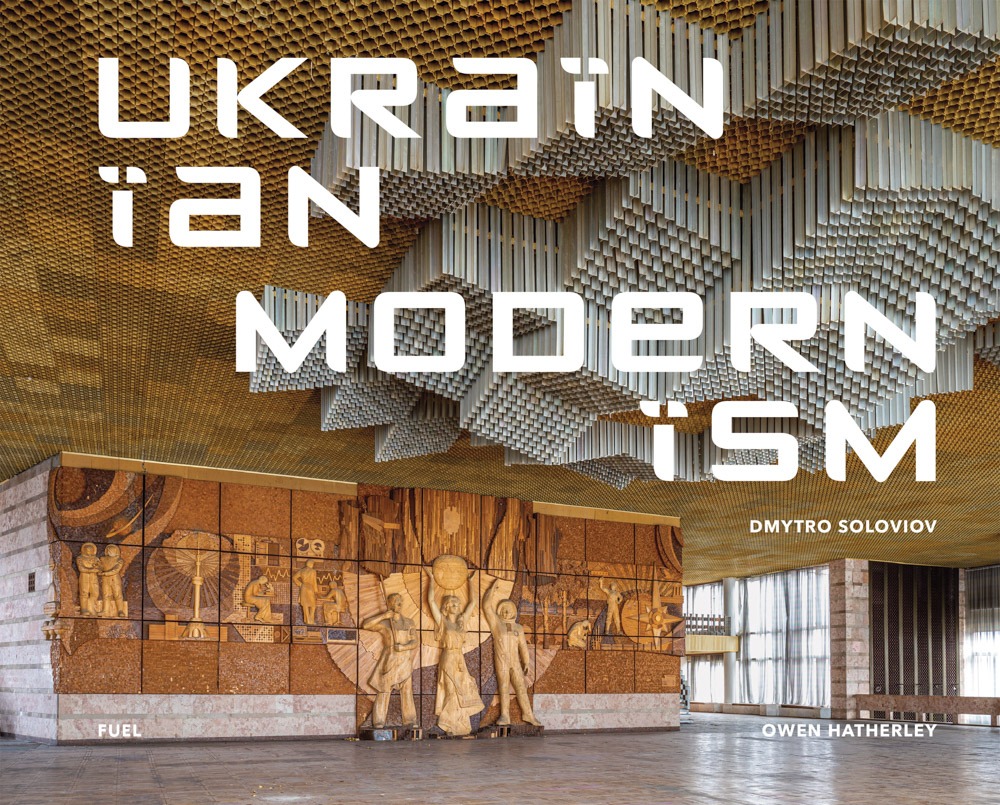
Ukrainian Modernism: Modernist Architecture of Ukraine
By Dmytro Soloviov
FUEL PUBLISHING
Modernist Architecture of Ukraine showcases the powerful yet often overlooked legacy of Ukrainian modernism through the lens of photographer and architectural guide Dmytro Soloviov. His mission: to document and protect Ukraine’s fading modernist architecture—structures that fuse function with avant-garde design and artistic ingenuity, yet remain little-known outside Eastern Europe.

Why WHY? Where Architecture Loves People
By Celeste Adams, Max Hollein, Phil Tinari, Ravi Rajan
HATJE CANTZ
Why WHY? Where Architecture Loves People is the first comprehensive monograph on the interdisciplinary architecture firm WHY, founded by Thai-born, LA-based architect Kulapat Yantrasast. Known for its people-centered and culturally rooted designs, the firm specializes in museums, cultural institutions, and large-scale public spaces
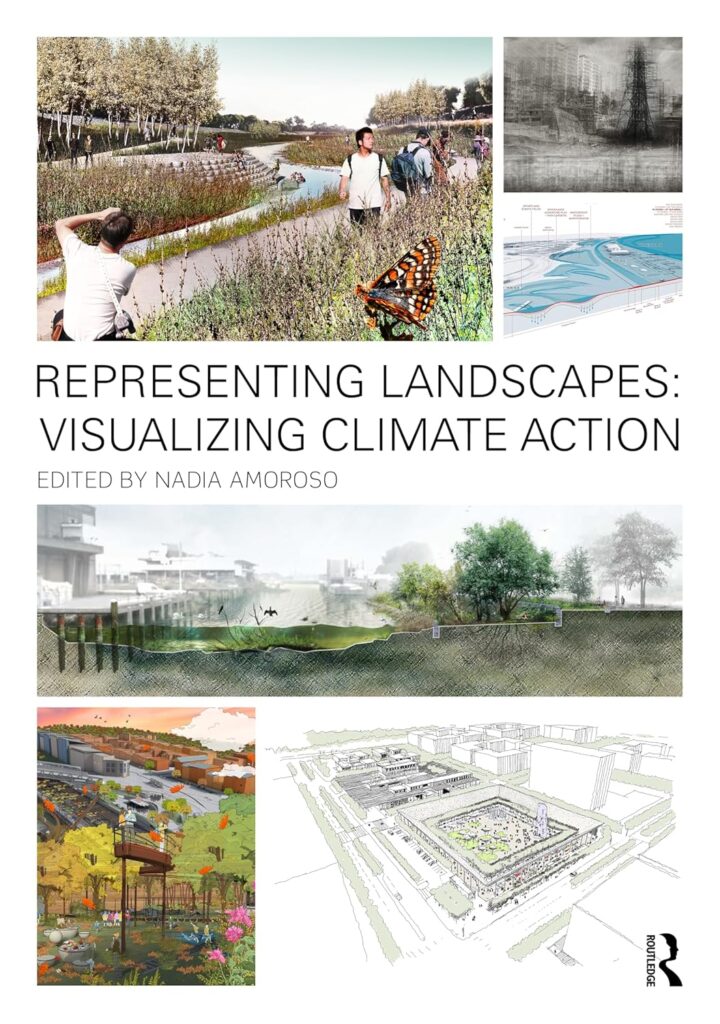
Representing Landscapes: Visualizing Climate Action
By Nadia Amoroso
Routledge
This book offers a comprehensive exploration of the graphic and visual strategies used to represent climate change and climate action in the field of landscape architecture, both in professional practice and academic settings. It showcases visual representations of climate resilience and adaptation created by acclaimed landscape architects and scholars from across the globe—including countries such as Canada, the US, the UK, the Netherlands, Denmark, Germany, Italy, France, Finland, South Africa, Singapore, and China.
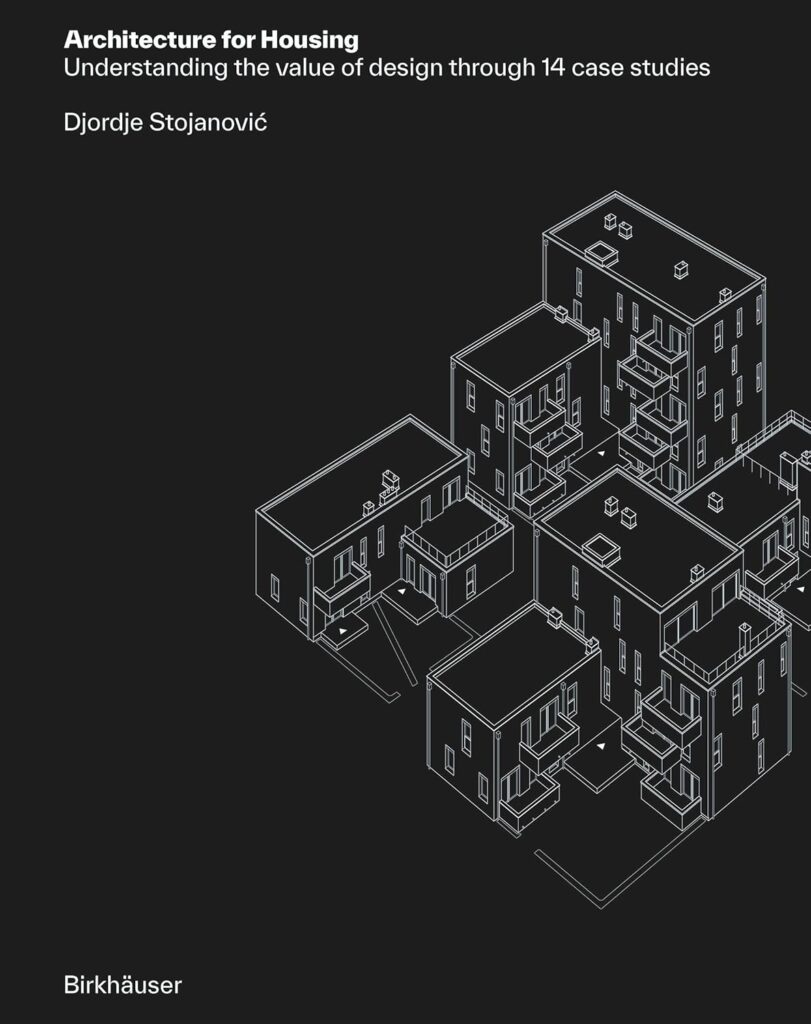
Architecture for Housing: Understanding the value of design through 14 case studies
By Djordje Stojanović
Birkhäuser
This book explores how thoughtful architectural design can enhance housing quality. It presents 14 innovative multi-unit housing projects, analyzed through the lens of contemporary research on urban housing systems, with a focus on social, environmental, and economic sustainability. The featured buildings, situated in various cultural settings, are examined through contrasting spatial themes—such as private versus communal, inside versus outside, and fixed versus flexible spaces—to offer insights for future design approaches.
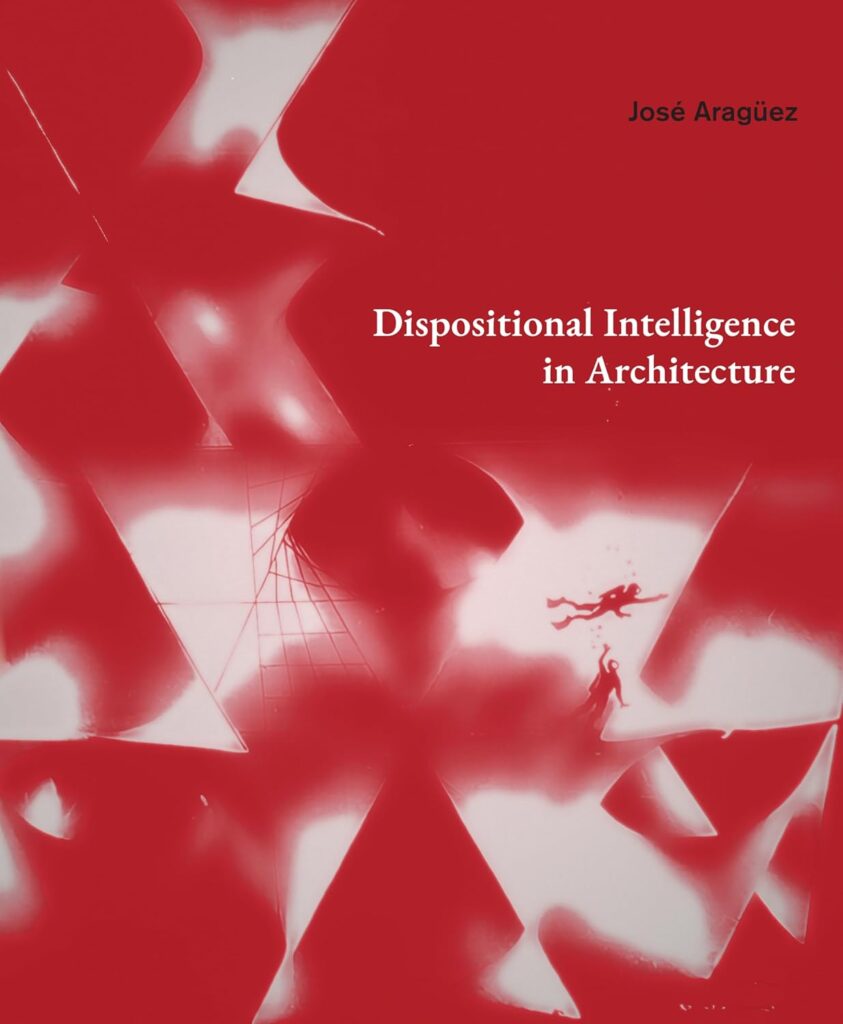
Dispositional Intelligence in Architecture
José Aragüez
By Actar
Dispositional Intelligence presents a contemporary theory of spatial organization in architecture, rooted in original research on a unique hybrid design approach—architectural in essence but deeply informed by intellectual methods typically linked to engineering. This mode of design emerged between the mid-1950s and the early 2000s. The book focuses on three influential yet underrecognized figures: Italian architect and artist Vittorio Giorgini, Israeli architect-engineer Michaël Burt, and Sri Lankan-born, UK-based engineer and theorist Cecil Balmond.
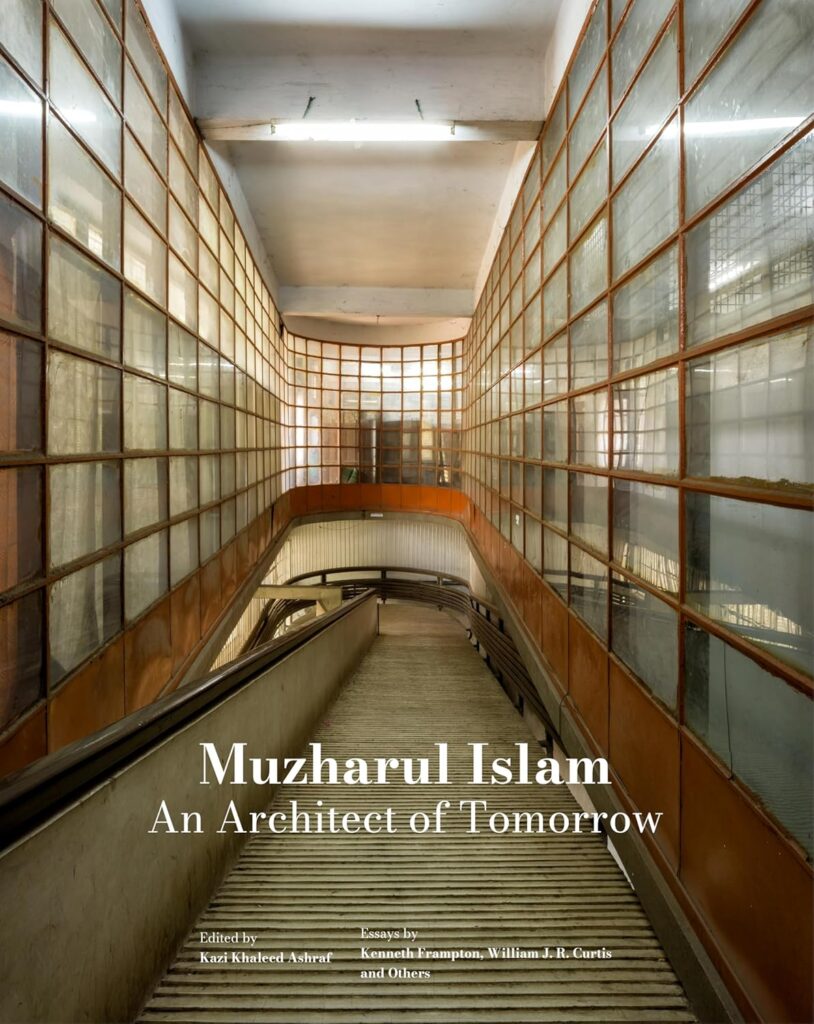
Muzharul Islam, An Architect of Tomorrow: Architecture and Nation-Building in Bangladesh
By Kazi Khaleed Ashraf
ORO editions
Muzharul Islam was a key figure in shaping the foundations of modern architecture in South Asia. Deeply committed to both design and political activism, he played a central role in cultivating a dynamic architectural culture in Bangladesh—one that resonated beyond its national borders. Muzharul Islam: An Architect of Tomorrow is the first in-depth publication dedicated to his life and work. It brings together a selection of his architectural projects, writings, and essays by renowned international contributors. Active from the early 1950s, first in Pakistan and later in independent Bangladesh, Islam sought to define a modern architectural language that remained deeply rooted in Bengali identity.
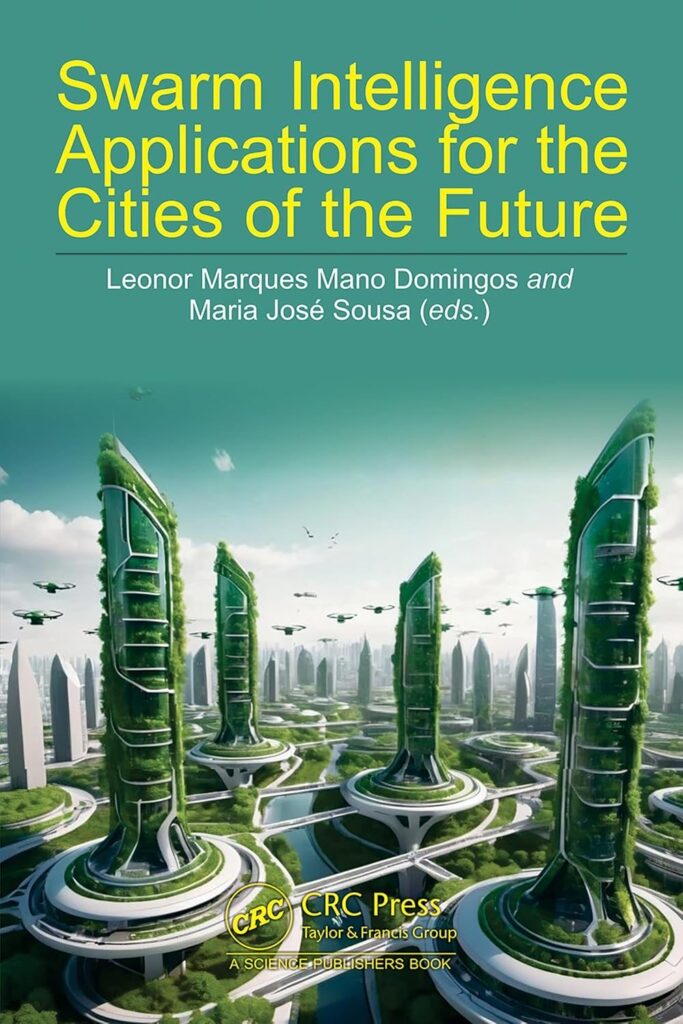
Swarm Intelligence Applications for the Cities of the Future
By Leonor Marques Mano Domingos and Maria José Sousa
CRC Press
This book delves into how swarm intelligence and digital technologies are revolutionizing the way we envision and build future cities. It offers an in-depth examination of how elements such as social learning, community involvement, cutting-edge tech, design, construction, urban planning, and policymaking come together to foster urban environments that are inclusive, resilient, and sustainable. The opening chapters highlight the power of collective intelligence in city-making, showing how tools like Virtual Reality can boost public engagement and democratize urban decision-making.
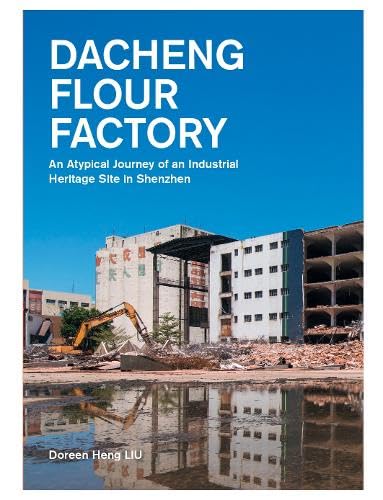
Dacheng Flour Factory: An Atypical Journey of an Industrial Heritage Site in Shenzhen
By Doreen Heng LIU
Actar
This book traces the evolution of the Dacheng Flour Factory from its founding during China’s Reform and Opening-Up era in the 1980s, through its transformation into a venue for an international biennale in 2015, to its current state as a decaying site with an uncertain future. It weaves together perspectives from various stakeholders—including urban planners, the property owner, architects, and biennale organizers—to encourage critical reflection. Visual documentation accompanies the narrative, capturing key moments throughout its history.
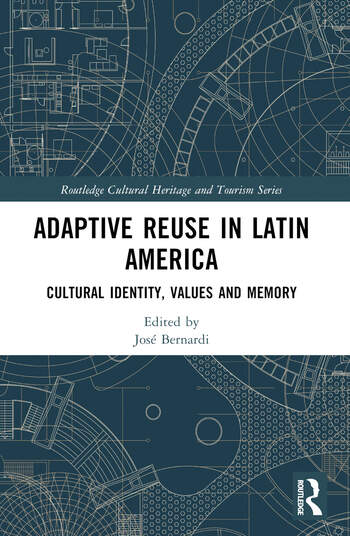
Adaptive Reuse in Latin America Cultural Identity, Values and Memory
By José Bernardi
Routledge
This book investigates the theoretical and architectural links between memory, cultural identity, values, and the practice of adaptive reuse in the Latin American context. Through critical analysis of architectural ideas and projects rooted in their specific environments, it offers a deeper understanding of how these themes intersect. Latin America’s architectural landscape—marked by vibrant historic centers, colonial and 19th-century structures, and modernist heritage—presents a rich yet underexplored resource for contemporary discourse.
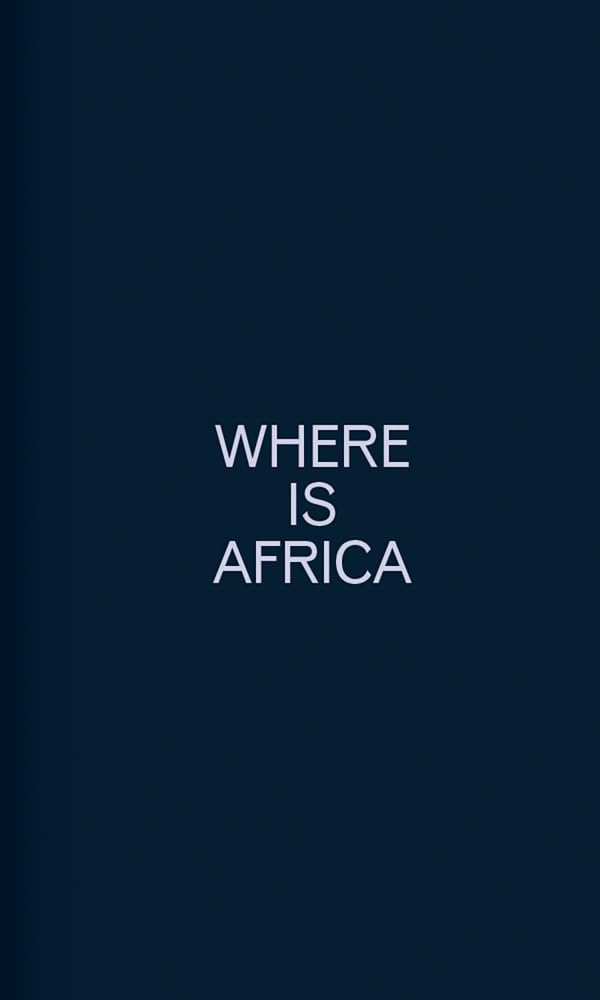
Where Is Africa: Volume 1
By Emanuel Admassu and Anita N. Bateman
Center for Art, Research and Alliances (CARA)
A multidisciplinary anthology that interrogates the representation of Africa and its diasporas in contemporary art and culture. Spanning 346 pages, the book compiles interviews, essays, photo essays, and artistic manifestos from a diverse group of artists, curators, designers, and academics. It challenges the imperialist foundations of cultural institutions and examines how African and African-diasporic identities are positioned within various disciplinary, cultural, and political contexts. The project seeks to dislodge Africa from fixed categorizations, emphasizing its conceptual fluidity and resisting the constraints imposed by colonial legacies and neoliberal frameworks.
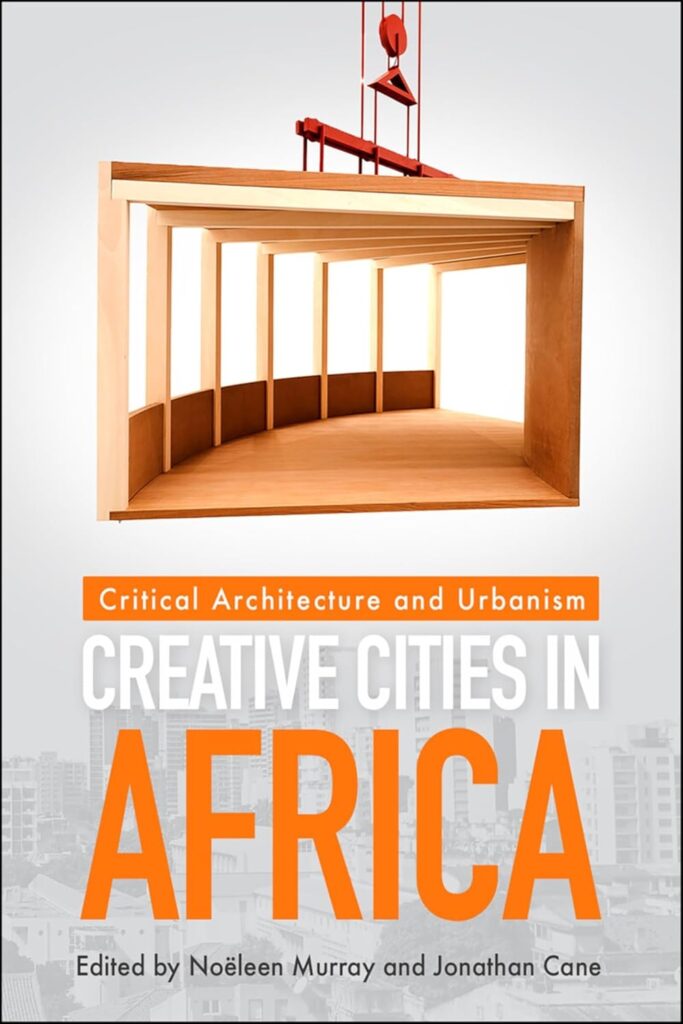
Creative Cities in Africa: Critical Architecture and Urbanism
By Noëleen Murray and Jonathan Cane
HSRC Press
A interdisciplinary volume that examines how creativity has influenced urban design and architecture across African cities from the colonial era to the present. The book brings together contributions from architects, urbanists, artists, and scholars, offering a nuanced exploration of the interplay between aesthetics, politics, and urban transformation. Through case studies of cities like Johannesburg, Dakar, Nairobi, and Maputo, the contributors investigate how notions of creativity have been utilized—or neglected—by politicians, planners, and power brokers in shaping urban spaces.